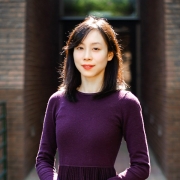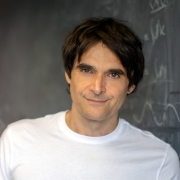Penn Biologists Simulate Protein Translation in a Cell

Associate Professor of Biology Joshua B. Plotkin and Postdoctoral Fellow Premal Shah have used a computational model to shed new light on what sets the pace of protein translation in cells. Their discoveries were released in a recent paper in Cell.
The inner workings of a cell involve hundreds of thousands of discrete molecules, engaged in a repeating cycle of interactions that sustain life. Underlying this activity is the formation of proteins. Since they are the building blocks of cellular function, scientists are intensely interested in how cells create protein.
Collaborating with scientists in the United Kingdom, the Penn-led team created a theoretical model of protein translation in the well-studied yeast cell. It simulates translation based on parameters inferred from an experimental snapshot of ribosome interactions with messenger RNAs. Known as mRNAs, these molecules contain the genetic instructions to assemble a protein.
The team discovered that the speed of protein production is limited by the availability of free ribosomes, the cell’s protein synthesizing factories.
Knowing how the process works is helpful in a variety of biotechnology applications. For example, scientists could find ways to optimize a cell’s protein production when it comes to beneficial proteins such as insulin.
The study was supported by the Burroughs Wellcome Fund, David & Lucile Packard Foundation,James S. McDonnell Foundation, Alfred P. Sloan Foundation, and U.S. Department of the Interior.
Read the full story here.





